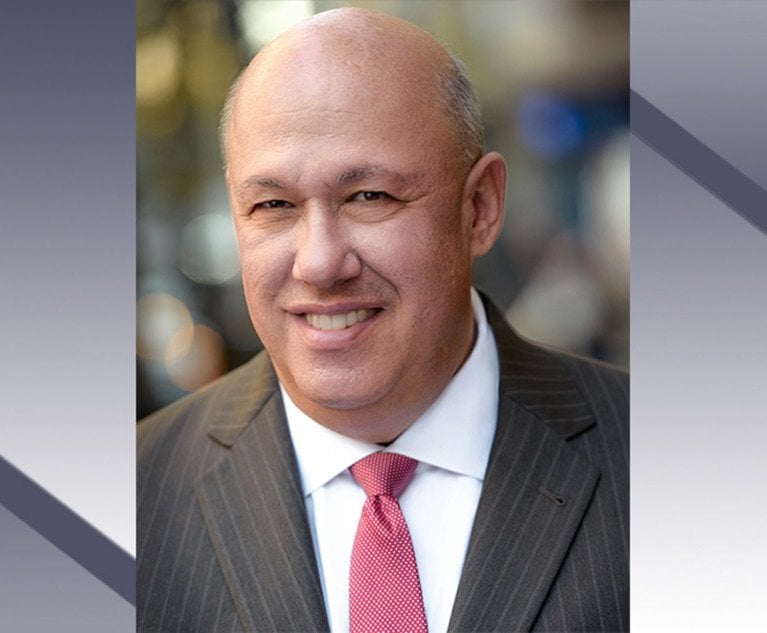 Insurance coverage disputes present a unique challenge for companies facing large first- or-third-party losses. The challenge was well captured 25 years ago by the California Court of Appeal, in the course of its many encounters with the decades-long saga of Montrose Chemical, at one time the world’s largest manufacturer of the pesticide DDT, with the court noting the “prejudice [that] occurs when the insured is compelled to fight a two-front war, doing battle with the plaintiffs in the third-party litigation while at the same time devoting its money and its human resources to litigating coverage issues with its carriers.”
Insurance coverage disputes present a unique challenge for companies facing large first- or-third-party losses. The challenge was well captured 25 years ago by the California Court of Appeal, in the course of its many encounters with the decades-long saga of Montrose Chemical, at one time the world’s largest manufacturer of the pesticide DDT, with the court noting the “prejudice [that] occurs when the insured is compelled to fight a two-front war, doing battle with the plaintiffs in the third-party litigation while at the same time devoting its money and its human resources to litigating coverage issues with its carriers.”
Policyholders facing that two-front war must often make difficult choices: Whether to contest coverage rather than risk scarce cash, and if so, whether to engage trusted longtime or highly expert counsel at their hourly billing rates or switch to unfamiliar or less specialized contingent-fee attorneys. Moreover, they face these choices in an inherently asymmetrical environment. For policyholders, suing an insurer is usually a one-time event, and the cost of coverage litigation is unplanned. Insurers, in contrast, budget for such efforts and are incentivized to litigate novel coverage issues to create favorable precedent—even if doing so makes no economic sense in the particular matter.






